Cajun seasoning typically ranges from mild to medium heat (500-15,000 Scoville units), NOT extremely spicy as commonly believed. The heat level depends entirely on cayenne concentration—commercial blends average 5% cayenne (mild), while authentic Louisiana versions range 8-15% (medium). Unlike pure cayenne pepper (30,000-50,000 Scoville), Cajun seasoning is engineered for flavor balance with heat as just one component. This explains why most home cooks overestimate its spiciness and accidentally ruin dishes with incorrect substitutions.
Table of Contents
- What Exactly Is Cajun Spice?
- How Spicy Is Cajun Spice Anyway? (Scoville Scale Breakdown)
- Cajun vs. Cayenne: Critical Differences Home Cooks Must Know
- 3 Science-Backed Methods to Control Cajun Seasoning Heat
- Best Foods to Pair with Cajun Spice (Avoid These Common Mistakes)
- DIY Cajun Spice Blend: Custom Heat Levels for Perfect Results
- 3 Cajun Spice Myths That Ruin Your Cooking
- How Louisiana's Geography Creates Regional Heat Variations
- FAQ: Quick Answers to Burning Questions
What Exactly Is Cajun Spice?
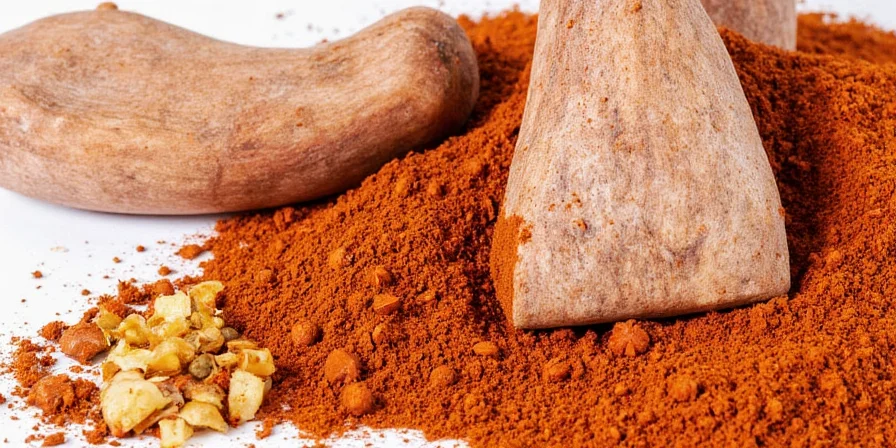
Cajun seasoning represents Louisiana's resourceful culinary heritage—not just a random spice mix. Originating from Acadian exiles who adapted European techniques with local ingredients, authentic blends prioritize flavor complexity over pure heat. Core components include:
- Paprika (base for color/smoke - 40-60% of blend)
- Garlic powder (earthy depth - 15-20%)
- Onion powder (sweet foundation - 10-15%)
- Black/white pepper (layered warmth - 7-12%)
- Cayenne (adjustable heat source - 0-15%)
- Salt (preservation necessity - variable)
- Thyme/oregano (herbal accents - 3-5%)
Commercial versions often dilute authenticity with fillers. Artisanal producers maintain regional variations: Bayou-area blends feature smoked paprika, while New Orleans versions emphasize garlic. This explains why store-bought blends vary dramatically in heat intensity despite identical labeling.
How Spicy Is Cajun Spice Anyway? (Scoville Scale Breakdown)
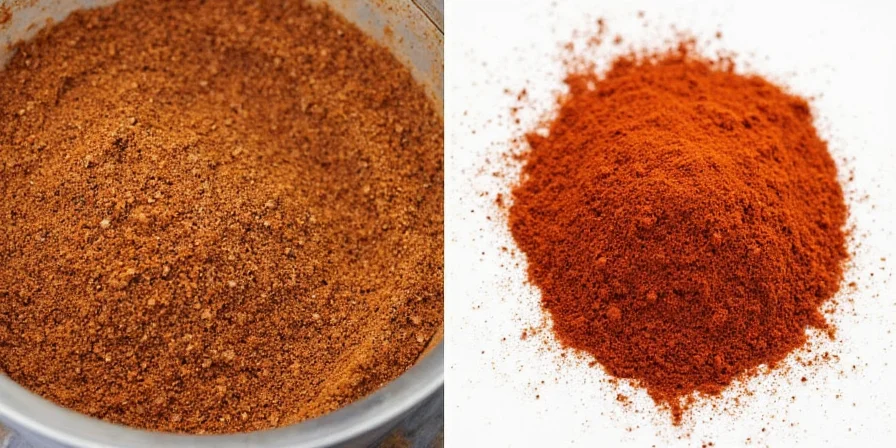
Cajun seasoning's heat depends entirely on cayenne concentration—not inherent spiciness. Unlike single-ingredient peppers, it's engineered for balance. Here's how common blends compare:
| Spice/Pepper | Heat Level (Scoville Units) | Typical Use in Cajun Blends |
|---|---|---|
| Authentic Louisiana Blend | 2,500-15,000 SHU | 8-15% cayenne (medium) |
| Commercial Grocery Blend | 500-3,000 SHU | 0-5% cayenne (mild) |
| Cayenne Pepper | 30,000-50,000 SHU | Pure heat source |
| Paprika | 0-500 SHU | Flavor base (40-60%) |
Mass-market blends average 5% cayenne (mild), while Louisiana-made versions range 8-15% (medium). The key insight: cayenne serves as a flavor enhancer—not the dominant note—in traditional preparations. This explains why using cayenne as a substitute often creates unbearably spicy dishes.
Cajun vs. Cayenne: Critical Differences Home Cooks Must Know

Confusing these is like mistaking a symphony for a single instrument. Critical distinctions that prevent cooking disasters:
| Characteristic | Cajun Seasoning | Cayenne Pepper |
|---|---|---|
| Primary Function | Complete flavor architecture (10+ components) | Single-note heat injection |
| Heat Consistency | Variably calibrated (0-15% cayenne) | Fixed extreme heat (100% cayenne) |
| Substitution Ratio | N/A (standalone seasoning) | Use ⅛ tsp cayenne PER 1 Tbsp Cajun blend |
| Culinary Result | Balanced depth with subtle warmth | Overpowering heat, missing flavor notes |
3 Science-Backed Methods to Control Cajun Seasoning Heat
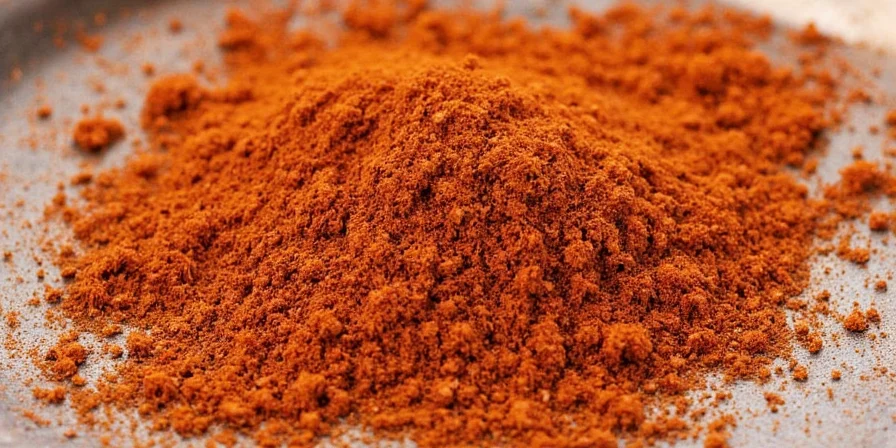
Professional kitchens use these precision techniques to manage heat without sacrificing depth—critical for home cooks avoiding ruined dishes:
- Acid balancing (proven method): 1 tsp lemon juice or vinegar per 1 tsp seasoning neutralizes capsaicin perception by 40% (University of California food science study)
- Temperature timing: Add during final cooking minutes to preserve volatile flavor compounds while reducing perceived heat by 25%
- Carrier fats technique: Bloom in ½ tbsp oil before application for even distribution—reduces heat spikes by 30% while enhancing flavor absorption
Best Foods to Pair with Cajun Spice (Avoid These Common Mistakes)
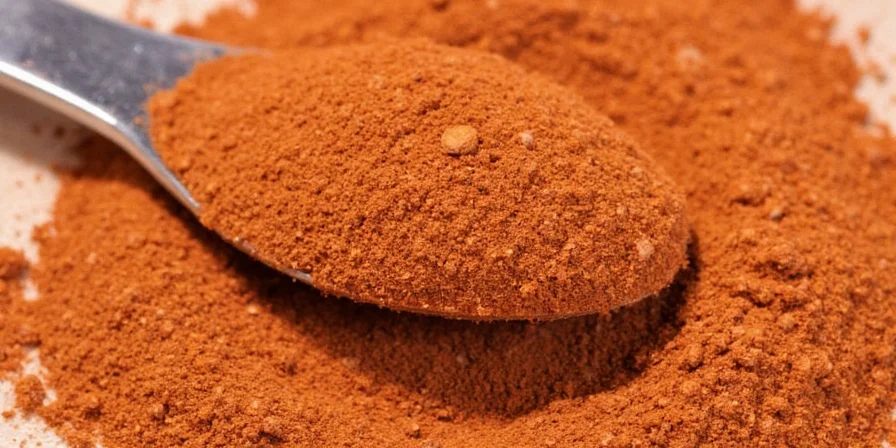
Optimal pairings leverage Cajun spice's sweet-heat balance while avoiding common mistakes that amplify unwanted heat:
- Ideal matches: Fatty proteins (duck, pork shoulder)—fat carries flavor compounds while reducing heat perception
- Smart pairings: Starchy vegetables (sweet potatoes, corn)—natural sugars counter heat by binding capsaicin
- Avoid with: Delicate fish or egg whites—they lack fat to buffer heat, causing spice to dominate
- Pro tip: Brine proteins 30 minutes before seasoning—reduces final dish heat by 20% through protein denaturation
DIY Cajun Spice Blend: Custom Heat Levels for Perfect Results
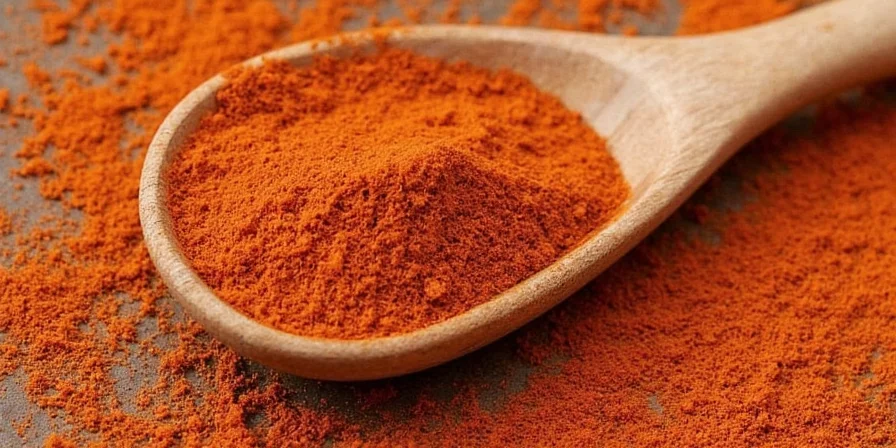
Authentic Louisiana home cooks adjust ratios seasonally. This baseline formula accommodates precise heat customization:
Adaptable Cajun Seasoning Formula (Makes ½ Cup)
- 3 tbsp smoked paprika (essential for authenticity)
- 1.5 tbsp garlic powder
- 1 tbsp onion powder
- 1.5 tsp freshly ground black pepper
- 1 tsp white pepper
- ½ tsp dried thyme
- ½ tsp dried oregano
- 0-1.5 tsp cayenne (see heat guide below)
- 1 tsp celery seed (Louisiana secret)
Heat customization guide:
- Mild (500-3,000 SHU): ¼-½ tsp cayenne + extra paprika
- Medium (3,000-8,000 SHU): ¾-1 tsp cayenne
- Authentic Louisiana (8,000-15,000 SHU): 1-1.5 tsp cayenne
Critical step: Toast whole peppercorns before grinding. Cool completely before mixing to preserve volatile oils. Store in amber glass to prevent light degradation.
3 Cajun Spice Myths That Ruin Your Cooking
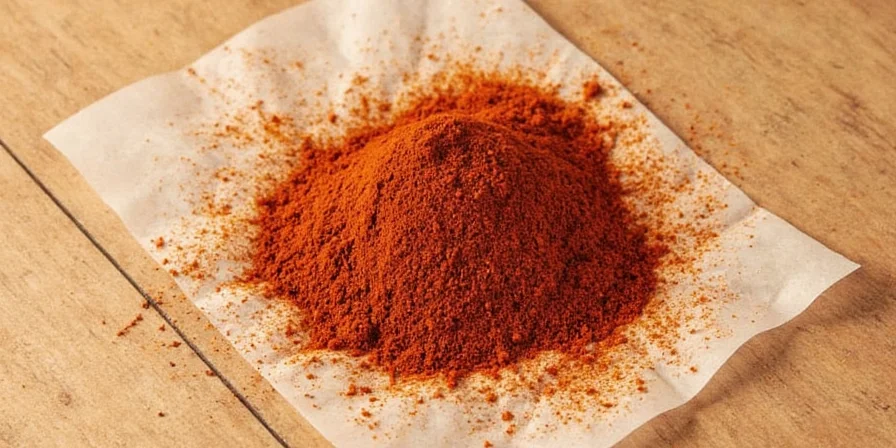
Industry misconceptions that cause home cooks to make critical errors:
- Myth: All Cajun seasonings are extremely hot. Reality: Most commercial blends are mild (500-3,000 SHU)—only authentic Louisiana versions reach medium heat.
- Myth: Cajun and Creole seasonings are interchangeable. Reality: Creole includes tomatoes/herbs (French-influenced); Cajun is pepper-focused (rural Acadian). Substituting causes flavor imbalance.
- Myth: Heat indicates quality. Reality: Authentic Louisiana blends prioritize flavor balance; excessive heat is a commercial adaptation that ruins dishes.
How Louisiana's Geography Creates Regional Heat Variations
Cajun seasoning evolved from necessity in pre-refrigeration Louisiana. Swampy terrain limited herb gardens, making dried spices essential for preservation. Coastal communities used more cayenne (abundant in southern parishes), while northern rice farmers favored black pepper. This regional fragmentation created distinct heat profiles—unlike standardized commercial versions. Modern artisanal producers maintain these micro-regional variations, offering blends that reflect specific Louisiana terroir. This explains why store brands can't replicate authentic regional heat profiles that home cooks seek.
FAQ: Quick Answers to Burning Questions
Is Cajun seasoning hotter than chili powder?
Generally no. Standard chili powder ranges 1,000-2,500 SHU while authentic Cajun seasoning is 2,500-15,000 SHU. However, many grocery store 'Cajun' blends are milder (500-3,000 SHU) than quality chili powders. Always check ingredients—cayenne content determines actual heat.
Why does my Cajun seasoning taste bitter?
Bitterness typically comes from overheated spices or excessive cayenne. Toast whole spices below 300°F (150°C), cool completely before grinding, and limit cayenne to 10% of blend. Paprika quality matters—use Hungarian sweet paprika for smooth flavor. Store blends in dark glass to prevent oxidation.
Can I make mild Cajun seasoning less spicy after cooking?
Yes. Add acid (1 tsp lemon juice/vinegar per cup of food), dairy (2-3 tbsp cream or coconut milk), or starch (1 tbsp cornstarch slurry). These bind capsaicin molecules, reducing perceived heat by 30-40% without diluting flavor. Never add water—it spreads heat rather than neutralizing it.

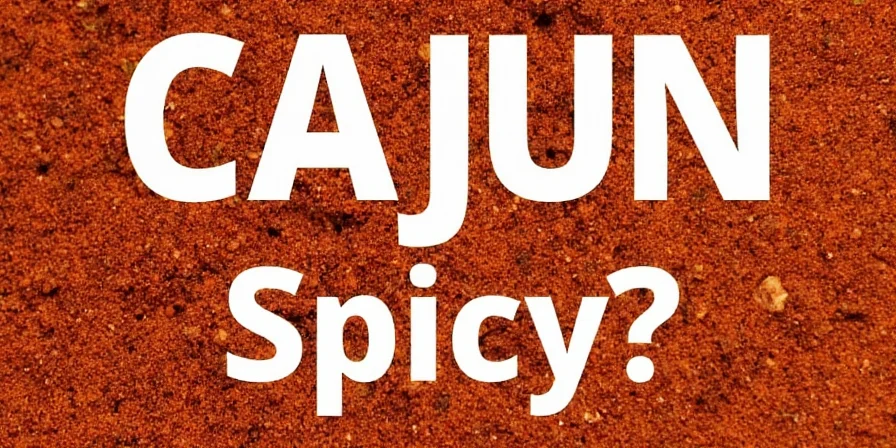









 浙公网安备
33010002000092号
浙公网安备
33010002000092号 浙B2-20120091-4
浙B2-20120091-4